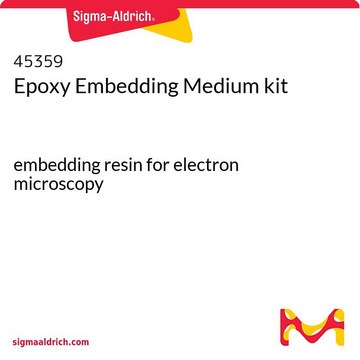267538
Tungsten
foil, thickness 0.05 mm, ≥99.9% trace metals basis
Synonym(s):
W
Sign Into View Organizational & Contract Pricing
All Photos(1)
About This Item
Empirical Formula (Hill Notation):
W
CAS Number:
Molecular Weight:
183.84
EC Number:
MDL number:
UNSPSC Code:
12352300
PubChem Substance ID:
NACRES:
NA.23
Recommended Products
assay
≥99.9% trace metals basis
form
foil
resistivity
4.9 μΩ-cm, 20°C
thickness
0.05 mm
bp
5660 °C (lit.)
mp
3410 °C (lit.)
density
19.3 g/mL at 25 °C (lit.)
SMILES string
[W]
InChI
1S/W
InChI key
WFKWXMTUELFFGS-UHFFFAOYSA-N
Quantity
2.4 g = 50 × 50 mm; 9.6 g = 100 × 100 mm
Storage Class
11 - Combustible Solids
wgk_germany
nwg
flash_point_f
Not applicable
flash_point_c
Not applicable
ppe
dust mask type N95 (US), Eyeshields, Gloves, type P3 (EN 143) respirator cartridges
Choose from one of the most recent versions:
Already Own This Product?
Find documentation for the products that you have recently purchased in the Document Library.
Customers Also Viewed
Weijie Zhao et al.
ACS nano, 7(1), 791-797 (2012-12-22)
Geometrical confinement effect in exfoliated sheets of layered materials leads to significant evolution of energy dispersion in mono- to few-layer thickness regime. Molybdenum disulfide (MoS(2)) was recently found to exhibit indirect-to-direct gap transition when the thickness is reduced to a
Zhigang Chen et al.
Advanced materials (Deerfield Beach, Fla.), 25(14), 2095-2100 (2013-02-22)
A new photothermal coupling agent for photothermal ablation (PTA) therapy of tumors is developed based on ultrathin PEGylated W18O49 nanowires. After being injected with the nanowire solution, the in vivo tumors exhibit a rapid temperature rise to 50.0 ± 0.5
Denys Shevchenko et al.
Dalton transactions (Cambridge, England : 2003), 42(14), 5130-5139 (2013-02-14)
A rare example of a "monomeric" triple transition-metal substituted Keggin anion has been synthesized and characterized by various methods including X-ray crystallography, ESI and MALDI mass spectrometry, electrochemistry, EPR, and SQUID.
Karel Deprez et al.
Medical physics, 40(1), 012501-012501 (2013-01-10)
The construction of complex collimators with a high number of oblique pinholes is very labor intensive, expensive or is sometimes impossible with the current available techniques (drilling, milling or electric discharge machining). All these techniques are subtractive: one starts from
Michael L Crichton et al.
Biomaterials, 34(8), 2087-2097 (2012-12-25)
The recent emergence of micro-devices for vaccine delivery into upper layers of the skin holds potential for increased immune responses using physical means to target abundant immune cell populations. A challenge in doing this has been a limited understanding of
Our team of scientists has experience in all areas of research including Life Science, Material Science, Chemical Synthesis, Chromatography, Analytical and many others.
Contact Technical Service


